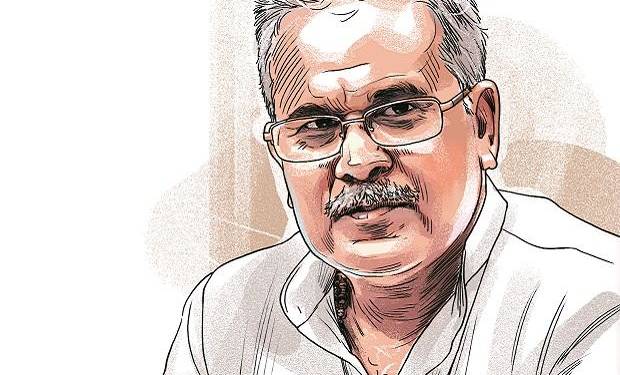In a major development, Bhupesh Baghel government in Chhattisgarh has announced hike in quota for SCs and OBCs education and government jobs in the state. Till now, OBCs were getting 14% reservation and SCs were getting 12% reservation while 32% seats were reserves for the STs. While speaking at an Independence Day event, Chhattisgarh CM Bhupesh Baghel said, “I am very happy to say that in our state, Scheduled Castes, Scheduled Tribes, and Other Backward Classes have been raising their demands in a peaceful manner for a long time. It is our duty to protect their Constitution given rights. In a big step towards that, today, I announce that in the state, that 32 per cent for STs, 13 per cent for SCs and 27 per cent reservation will be given to OBCs.” This is going to take the total quantum of caste-based reservation to 72 per cent. As per The Indian Express, once implemented this will be the highest in the country and well beyond the 50 per cent cap mandated by the Supreme Court.
It is important to mention here that this is only vertical reservation which has far exceeded the quantum of 72 per cent. Add to it, horizontal reservation in the form of ex-servicemen quota, physically handicapped quota, etc. and the total number of unreserved seats would constitute a lean minority of the total number of vacancies. The question which then arises is whether reservations, which were seen as an affirmative action to advance equality are being used only as a political tool.
It must be noted that CM Baghel had told a district-level programme that the government intended to increase the quota for SCs in line with the population demographic in the state as SCs constitute 12.8 per cent of the total population. From this statement, it seems that with this intent, the state of Chhattisgarh is moving towards proportionate reservation. However, it must be noted that Article 16 (4) that deals with reservation of posts in services under the state, provides for only adequate reservation and not proportionate reservation (Indra Sawhney v Union of India, AIR 1993 SC 477). Therefore, it is not mandated for the state to ensure proportionate representation in favour of any backward class of citizens as mentioned in Article 16 (4) of the Constitution.
The Indian Express also quoted a senior government official as saying, “The question of the cap by the Supreme Court is a complicated issue. It is not that states have not exceeded that. Look for example at Haryana, Maharashtra and Tamil Nadu. Each state is unique on this issue. We are prepared for any legal challenge. But in our state which is unique, the percentage of OBCs is close to 47 per cent, who along with STs form the major chunk of the population. Why should they be short-changed with only 14 per cent reservation? This has been a demand of OBC groups for well over a decade.” This also suggests that the proportionate reservation might be the intent behind the recent announcement. It won’t be correct to suggest that since the proportion of those classes of citizens which are entitled to reservation exceed 50% of the population, then it would automatically constitute an exception to the 50% ceiling which has been prescribed by the Supreme Court.
It must be noted that the 50% cap on reservations mandated by the Supreme Court was subject to exceptions. But the question is if the exception has actually been treated as an exception. When exception is rampantly overused to the extent of exception becoming the rule, then we can’t really say that the mandate on maximum limit is being followed. At this juncture it is highly relevant to take a look at what the apex court opined about this issue in its 1993 judgment (Indra Sawhney v Union of India (AIR 1993 SC 477). The apex court stated, “No provision of reservation or preference can be so vigorously pursued as to destroy the very concept of equality. Benign discrimination or protection cannot under any constitutional system itself become principle clause. Equality is the rule. Protection is the exception. Exception cannot exhaust the rule itself. True no restriction was placed on size of reservation. But reason was the consensus understanding that it was for minority of seats.”
It must be noted that Dr. B.R. Ambedkar had also made it clear in the Constituent Assembly that reservation must be confined to a ‘minority of seats’. One can only wonder if reservation of 72% seats in Chhattisgarh or 68% reservation (excluding 10% EWS quota) in Maharashtra actually constitute a ‘minority of seats’. The manner in which the 50% cap is being taken lightly and breached frequently in the name of exceptions does not seem to be in line with the Supreme Court judgment of 1993. As such the judiciary cannot be expected to safeguard the sanctity of the Constitution all by itself. The legislature and the executive must also exercise due diligence before deciding upon such sensitive issues. 50% cap is a judicially mandated exception and it must be treated as an exception for all practical purposes.


































